
Time for a new temperature motif-inspired snowflake and another update on my 2023 crochet temperature project!

I was so excited on March 15 because the predicted high of 70 would be skipping over a purple I hadn't yet used for my darkest purple, first time so far in this project. Alas, our local temp was two degrees lower. Still a new color, and I am sure I will get to use more and more purple in the coming days.

I assumed I wouldn't be seeing many more blues until about September or October, but every unseasonal high here typically is followed by an unseasonal low. I don't know if the pastel blues will make too many more appearances for the next six or more months, but the dark blues still make visually appealing appearances.

I might very soon be running out of opportunities to photograph my project in the snow for a few months!

I'm going out on a limb and predicting when I think I will get to use my first pink (not maroon) in this project. AccuWeather says historically it typically happens on July 1. Last year May 7 (although we missed it by 1 degree on April 22) was our first hottie, and we were solidly into the 90s by June 10. Although I hope I don't have too much pink in my yearlong project (because I'm not a hot weather fan, pun intended), I think we'll hit 85 or better by May 21. (And no one will be happier than me if we don't!!!)

I'm also going to guess which color I think I will run out of first. When I first began this project, I knew I would not have enough thread for any of the greens and purples to finish the project. But I have plenty of other very similar shades I can use to keep going. Except for the sage green, my second-lightest green in this project. I've used that dye only once, and I'd be severely tempted to use it again if I do run out because I really like the color.

For weeks, I thought the sage would be the first to run out because it was going so fast. 40 to 44 degrees seems to be the most common temperature range in Colorado foothills winter. (I stuck the coldest blue in with the most popular colors to show how big the other colors started out. That blue (-11 or colder) probably won't get used again in this project more than once or twice, and even then, probably not until December. But I'll keep it with the project stash until the end of the year.)

Now it looks like the lightest purple will be the first to go. 50 to 54 degrees can be seasonal in both winter AND in spring, and we've got a lot of spring left to go!

Mount Elbert is not only the tallest peak in Colorado at 14,440 feet, it also is the tallest peak of the Rocky Mountains and the highest point in the Mississipi River drainage basin, and, second in the contiguous United States to Mount Whitney in California. Seems kind of weird to me to call most of Colorado a drainage basin because there are such tall peaks here, but you know, all that melting snow has to go somewhere! Mount Elbert is affectionately known as a gentle giant as it is one of the easiest 14er climbs. Perhaps Gentle Giant might have been a better name for today's snowflake...
I picked the name because there isn't a better winter storm name right now (still keeping my fingers crossed for Winter Storm Zariah!), and it's been a very long time since I've named a flake after a 14er. Mount Elbert is a biggie, and so is this flake.

I have a few very special memories featuring Mount Elbert.
I attempted to solo climb the mountain (by its easiest route) back when my kids were still small. We drove to the trailhead in the middle of the night to get an early morning pre-storm start (standard procedure in Colorado summers). By the time we reached the trailhead, the kids were sound asleep and told me to go without them. I made it to within a few feet of the summit and sat down on a large rock to snap the sunrise. When I stood back up, my knees were gone, and I was afraid I'd be rolling back down the mountain if I tried to go any higher, so I turned and went back down, then had to keep pulling over during the drive home to power nap while my kids taunted each other with Starburst fruit chews (and making it very difficult for me to sleep!).
Perhaps even more difficult than climbing the 14er was the year Lizard and I scaled nearby Independence Pass during Ride the Rockies. That particular Ride the Rockies was my first after breaking my wrist during a spring training ride, and my wrist tried to discourage me every single day of that year's RtR! I accidentally added an extra five miles to my Independence Pass ascent by taking a wrong turn in the pre-dawn hours. I won my long-coveted T-shirt at the top of Independence Pass. At Twin Lakes, basically the end of the descent, we were diverted onto a side road that took us back up to elevation for breathtaking views of Elbert, and I got to see a view of the mountain I'd never before seen, but oh, was I tired! (I still need to go back up there one day to get a sunrise shot with hopefully the peak reflecting in the water!) I had to fight every pedal stroke of that enormous climb!!!
Lizard and I camped at Twin Lakes near the base of the peak later that year to watch the Pro Cycling Challenge roll by the following morning. True Jens Voigt fans, we were delighted when he took that day's stage. We cheered in support as he raced by, and he actually heard and acknowledged us!
You may do whatever you'd like with snowflakes you make from this pattern, but you may not sell or republish the pattern. Thanks, and enjoy!

Finished Size: 9.5 inches from point to point
Materials: Size 10 crochet thread, size 7 crochet hook, empty pizza box, wax paper or plastic wrap, cellophane tape, water soluble school glue or desired stiffener, water, glitter, small container for glue/water mixture, paintbrush, stick pins that won't be used later for sewing, clear thread or fishing line
Mount Elbert Snowflake Instructions
Make magic ring.
Round 1: Ch 2 (counts as 1 dc), 1 dc in ring, [ch 10, 1 dc in 7th ch from hook, 1 hdc in next ch, 1 sc in next ch, ch 1, 2 dc in ring] 6 times, omitting last 2 dc of final repeat; sl st in 2nd ch of starting ch 2; bind off; weave in ends. Pull magic circle tight, but leave opening big enough to allow stitches inside it to lay flat. Pull magic circle tight.
Round 2: In any ch 6 tip work (5 dc), [in next ch 6 tip work (5 dc, ch 3, 5 dc)] 5 times; 5 dc in next ch 6 tip, ch 1, 1 dc in 2nd ch of starting ch 2 to form 6th ch 3 tip of Round.
Round 3: Ch 6 (counts as 1 sc and [ch 5), in next gap between 5/dc groups work (1 dc, ch 7, 1 dc), ch 5, 1 sc in next ch 3 tip] 6 times, omitting last sc of final repeat; sl st in 1st ch of starting ch 6.
If you're not reading this pattern on Snowcatcher, you're not reading the designer's blog. Please go here to see the original.
Round 4: [In next ch 5 sp work (3 sc, 3 hdc, 3 sc), in next ch 7 tip work (1 sc, 1 hdc, 1 dc, 1 tr, 1 dtr, 1 trtr, ch 7, sl st in 2nd ch from hook and in each of next 4 ch, ch 6, sl st in 2nd ch from hook and in each of next 3 ch, ch 4, sl st in 2nd ch from hook and in each of next 2 ch, ch 12, working back down spoke, sl st in 5th ch from hook, 1 sc in next ch, 1 hdc in next ch, 1 dc in each of next 2 ch, 1 hdc in next ch, 1 sc in next ch, sl st in next ch, ch 4, sl st in 2nd ch from hook and in each of next 2 ch, sk over 1st/top branch on opposite side of spoke and sl st in next spoke ch, ch 5, sl st in 2nd ch from hook and in each of next 3 ch, sk over 2nd/middle branch on opposite side of spoke and sl st in next spoke ch, ch 6, sl st in 2nd ch from hook and in each of next 4 ch, sk over 3rd/bottom branch on opposite side of spoke and sl st in next spoke ch, 1 trtr, 1 dtr, 1 tr, 1 dc, 1 hdc, 1 sc), in next ch 5 sp work (3 sc, 3 hdc, 3 sc)] 6 times; sl st in starting sc; bind off. Weave in ends.
Finish: Tape wax paper or plastic wrap to top of empty pizza box. Pin snowflake to box on top of wax paper or plastic wrap.
If using glue, mix a few drops of water with a teaspoon of glue in small washable container. Paint snowflake with glue mixture or desired stiffener. Sprinkle lightly with glitter. Wash paintbrush and container thoroughly. Allow snowflake to dry at least 24 hours. Remove pins. Gently peel snowflake from wax paper or plastic wrap. Attach 10-inch clear thread to one spoke, weaving in end. Wrap fishing line around tree branch (or tape to ceiling or any overhead surface) and watch snowflake twirl freely whenever you walk by! Snowflake also may be taped to window or tied to doorknob or cabinet handle.











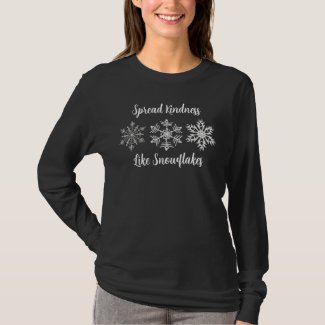
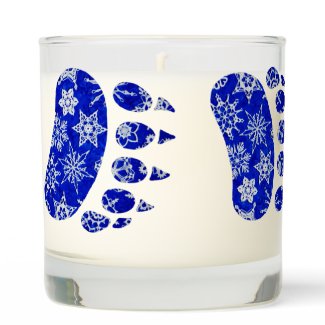
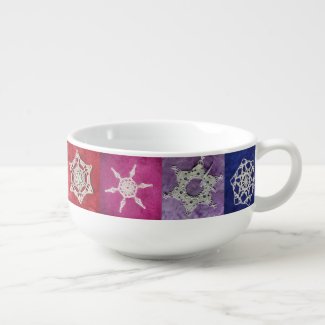

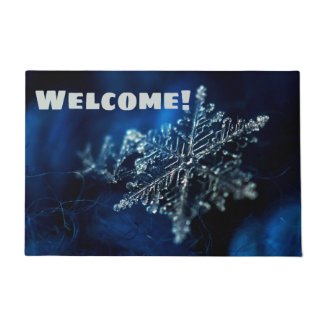
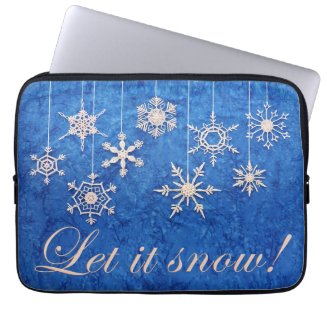
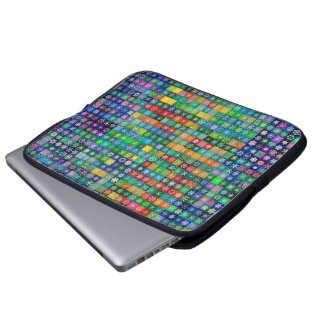
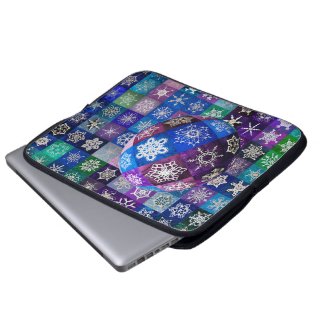















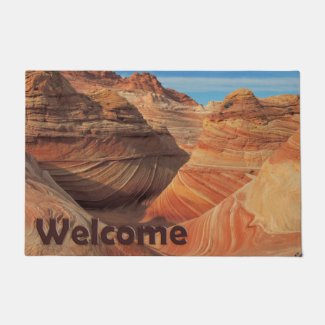
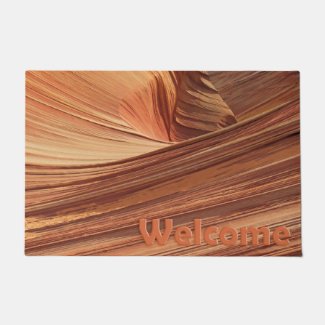

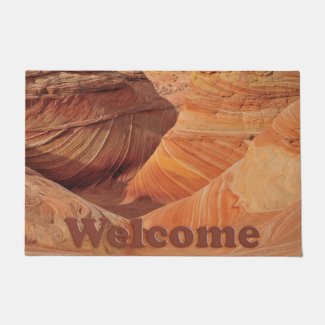
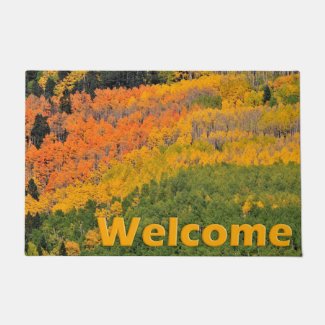
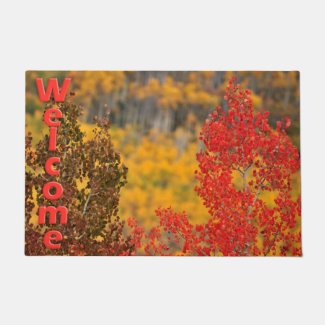
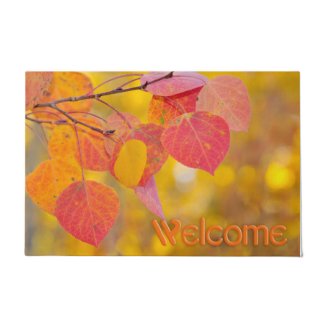
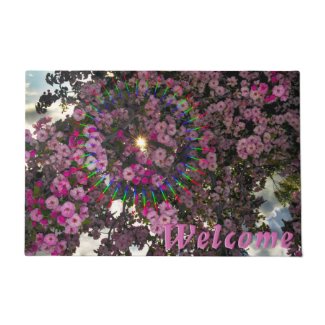
So many great memories today. I remember reading your posts about that RtR, but not about seeing Jensie take a stage nearby! How exciting to have seen him.
ReplyDeleteThe snowflake is particularly lovely, and very worthily named. And the temperature project continues to look amazing.
Real snowflakes at our place today. :-) It's cold.
ReplyDelete